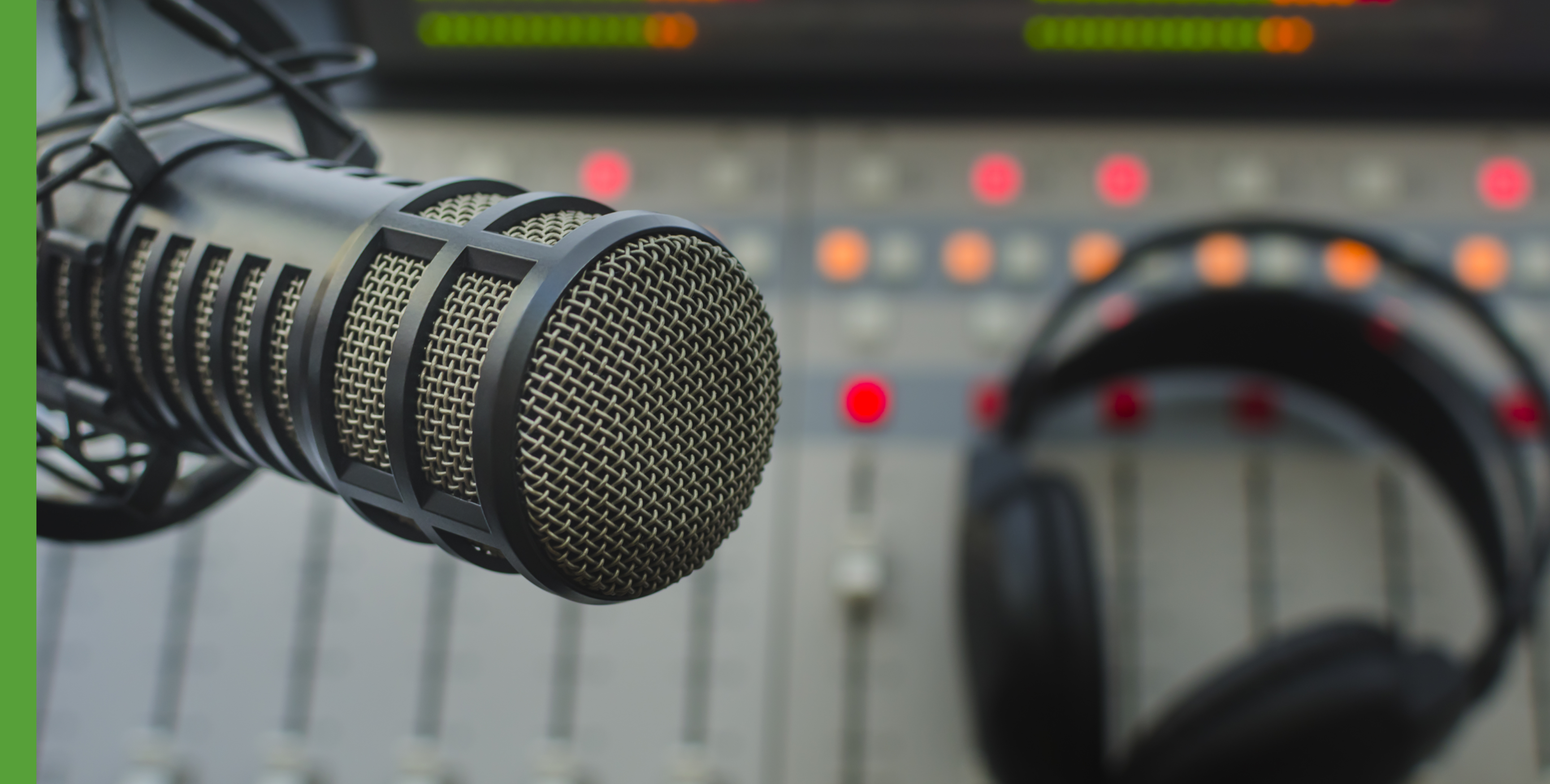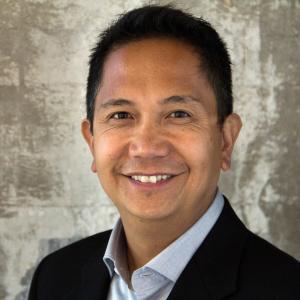Sound plays a vital role in online and broadcast journalism, and good audio results from a deliberate process of planning, working in the field and producing in the studio.
“Telling Stories with Sound” covers this process from start to finish, equipping you with the tools needed to gather, process and combine audio, creating effective, memorable narratives.
In the Overview section, you’ll learn why sound matters and browse a gallery of great audio narratives, with a chance to add your favorite stories.
In Planning, you’ll review story ideas and learn the importance of choosing stories that work well in sound; you’ll also rate how suitable our sample stories are as narratives. We’ll also cover how to research a location and pack your gear.
In the Field covers everything you need to know to gather audio on location: from interviewing for sound, to eliminating white noise, to mic selection and placement, to collecting ambient and background sound.
In the last section, you’ll see how to bring everything together In the Studio by scriptwriting, recording voiceovers and mixing down the final audio.
Questions?
If you need assistance, email us at info@poynter.org.







